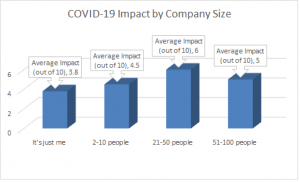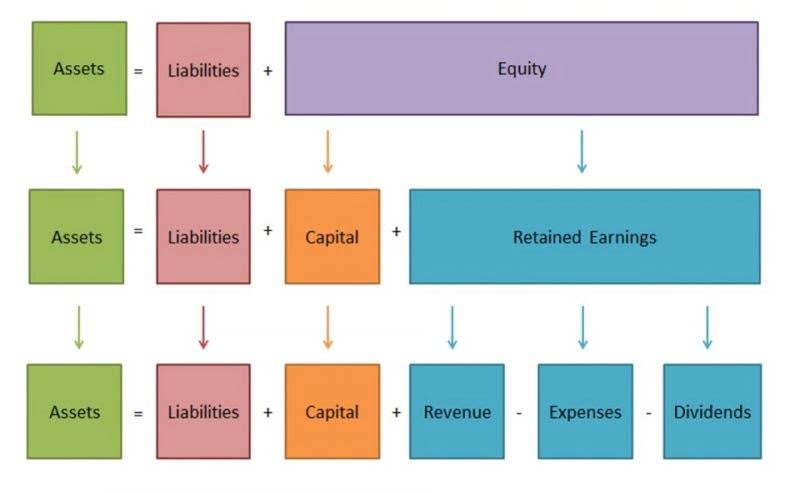
EBIT provides an overall view of the company’s profitability real estate cash flow level, whereas contribution margin looks at the profitability of each individual service or product. The contribution margin provides the profitability of each individual dish at a restaurant, whereas income would look at the entire restaurant’s overall financial health. A high contribution margin cushions the fall from unexpected costs and dips in sales.
Calculating Gross Profit Margin

Examples include office rent, salaries unrelated to the production of goods, and fixed administrative costs. In this part, we’ll explore what a margin means when we look at income statements. Think of a margin as a way to see how much money a company keeps after paying for what it needs to make and sell its products or services. It’s like when you save money from your allowance after buying something you want. By incorporating contribution margin insights into the decision-making process, finance professionals better understand how different aspects of the business contribute to overall profitability. Interpreting these numbers requires a nuanced understanding of the business’s operational landscape.
- This breakdown helps in understanding the financial performance of individual products or services.
- You’ve got everything from sweat-resistant leggings to performance t-shirts, each with its own cost structure.
- The variable costs (raw materials, packaging, commissions) total $50,000, leaving a contribution margin of $50,000.
- Getting this calculation right can be time-consuming and relies on consistent reporting for fixed and variable earnings.
- This post is every calculating manager’s go-to guide on contribution income statements.
- You can’t directly calculate the contribution margin from the EBIT figure, without a breakdown of the fixed and variable costs for each product or service.
- What’s left is the contribution margin, which gives a sense of how much is left over to cover fixed expenses and make a profit.
Why Understanding Income Statement Components Matters?
By separating variable costs from fixed costs, financial planners, controllers, and accountants can identify specific operating patterns where revenue or expenses show unusual performance, up or down. In many cases, direct labor is classified as a fixed expense rather than a variable expense in the contribution margin income statement format, because this cost does not always vary in direct proportion to the amount of revenue generated. Instead, management must maintain a certain minimum level of staffing in the production area, which does not change with lower production volumes. A Contribution Margin Income Statement is a financial report that separates fixed and variable costs and then calculates the contribution margin instead of gross profit. The purpose of this statement is to show the profitability of individual items that a company makes and sells. Variable expenses are costs that change when a company makes more or sells more stuff.
Cash Flow Statements in Finance and Accounting: A…

After we know the variable expenses, we can calculate the contribution margin ratio. This ratio shows how much money from sales is available to cover fixed costs, like rent for the lemonade stand, and still have profit left over. To find this, we subtract the variable production costs from sales and then divide by the sales again. It’s important for the CEO and others to know this so they can make smart decisions about prices and costs. This ratio also tells us about the company as a whole, like how well it can pay for operating expenses and earn money.
- To calculate the contribution margin, you need more detailed financial data to calculate EBIT.
- Businesses can pinpoint areas where operational costs are eating into profits by examining the relationship between sales revenue, variable costs, and the resulting contribution margin.
- Firstly, after the contribution margin, fixed production costs are aggregated lower in the income statement.
- This is particularly significant because it suggests the business has a stronger ability to absorb fluctuations in sales volume or variable costs without sacrificing profitability.
- A contribution margin income statement is a document that tallies all of a company’s products and varying contribution margins together, helping leaders understand whether the company is profitable.
Individual Tax Filing in Finance and Accounting: A…

(This process is the same as the one we discussed earlier for production costs.) Susan then established the cost equations shown in Table 5.5. This ratio is calculated by dividing the contribution margin how is sales tax calculated (revenue minus variable costs) by the total revenue and multiplying the result by 100 to show it as a percentage. Now you know all about the contribution margin income statement, how it differs from the traditional income statement, and how to make one.

How Businesses Ensure Compliance with Income Statement Standards
Fixed costs are expenses that don’t change, like rent, while variable costs go up or down based on how much a company makes or sells, like materials. The contribution margin income statement is a superior form of presentation, because the contribution margin clearly shows the amount available to cover fixed costs and generate a profit (or loss). It is useful to create an income statement in the contribution margin format when you want to contribution margin income statement determine that proportion of expenses that truly varies directly with revenues. In many businesses, the contribution margin will be substantially higher than the gross margin, because such a large proportion of its production costs are fixed, and few of its selling and administrative expenses are variable. The variable costs (raw materials, packaging, commissions) total $50,000, leaving a contribution margin of $50,000.
Operating Profit Analysis: Assessing Core Business Performance
These two amounts are combined to calculate total variable costs of $374,520, as shown in panel B of Figure 5.7. Of the many different financial statements professionals might deal with on any given day, one of critical importance is known as the contribution margin income statement. What makes this statement so important is its ability to show profit potential. It serves as a specialized document in financial analysis that strips down revenue into critical components and provides an at-a-glance view of a company’s variable and fixed costs relative to its sales.
